![]() For some reason, many business owners think that “branding websites” won’t sell product. And on the other hand, they don’t think an ecommerce site will help their branding efforts. As if the two are mutually exclusive. But we’ve been producing branding sites that sell since 2004.
For some reason, many business owners think that “branding websites” won’t sell product. And on the other hand, they don’t think an ecommerce site will help their branding efforts. As if the two are mutually exclusive. But we’ve been producing branding sites that sell since 2004.
You really can, and should, have a dual-purpose website — one that converts well AND presents a strong brand message. But you’re going to need a whole new approach to website design and development than what you’re used to.
You’ll have to go beyond the template driven, SEO approach that’s so common in 2023. And you’re going to need more than just a programmer to pull it off if you want your site to be found.
Six required elements for branding sites that sell:
1. A concept.
Branding sites that sell well almost always include a strong concept. A concept is a big idea, and the foundation of every great site. It’s also the single most overlooked element for business owners because it’s the hardest piece of the web development puzzle.
So let me be very clear: A WordPress theme is not a concept.
A list of SEO keywords is not a concept.
A new logo is not a concept. Branding sites that sell always include elements of your brand identity, but that’s not an idea.
A photo of your product is not a concept. But exceptional, conceptual photography can be.
A drone video of the exterior of your building is not a concept.
A photo of your team is not a concept (unless they’re doing something rather unusual that conveys an idea about your brand.)
See, a concept is an idea.
In web design the concept is a combination of words, visuals and technical features that come together in a unique and compelling big idea.
It’s brand image, sales presentation, persuasion and storytelling all coalescing to make a great first impression. So even the most casual website visitor says “hell yes, I want to know more about this company.”
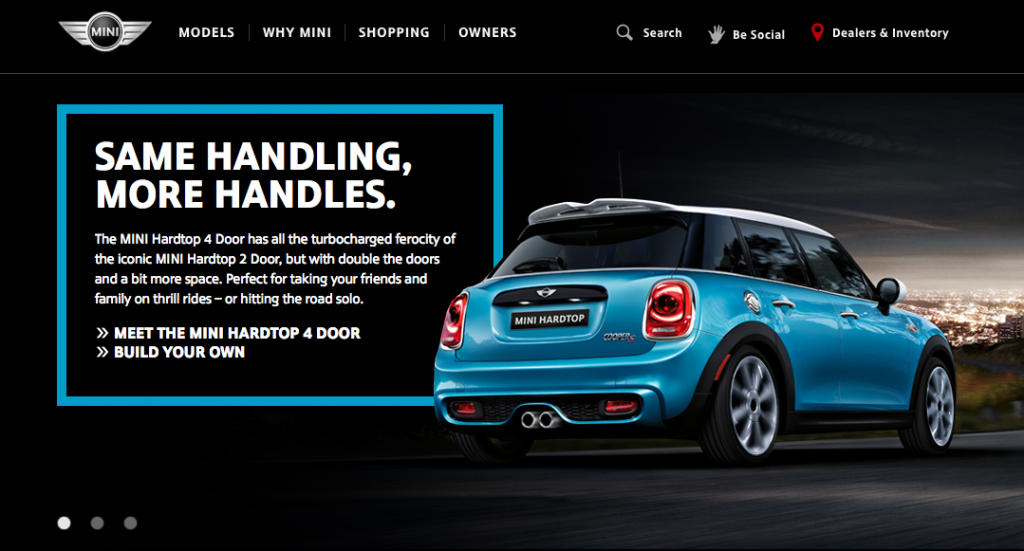
Isn’t that the job of your website? Make a great impression. Engage people. Impress them. Leave them wanting more. That’s marketing 101.
If you have a concept behind your site all the other elements will come together seamlessly.
It’s ridiculously rare these days to find a small business website that includes a concept of any kind. At most, you might find a decent headline.
2. A Creative Team that collaborates
Branding sites that sell require more manpower than most, run-of-the-mill websites. Most website builders don’t have the creativity, or the sales skills or the knowledge of your business to actually develop a cohesive concept for your site. That’s just too much to ask of one person… They can’t do all that, and then write the code to boot.
That’s like asking the architect of your new house to also pour the foundation, do the framing, the plumbing, the electrical and the heating system, all by himself.
You need a team to do a good site… A developer, a designer, a brand strategist and a copywriter.
But let’s look at the other critical elements of web development, and then come back around to who’s going to do all these things.
3. A clear call to action
This one’s pretty simple, and it’s not just a big ass button that says “buy now.” Every page of your site should have an objective and a preferred action for the consumer. Think of it as leading them down the primrose path. You want to take their hand and show them the way…
Click here. Read this. Watch that. Go here. Listen to this. Order that.
Give the user something to do that leads them deeper into the site, and further along in the sales process. They will seldom behave how you want them to, but the alternative is a hodge-podge of pages and elements that lead nowhere.
4. Differentiating elements
A good story is your best differentiating element. As the old saying goes, facts tell but stories sell.
Narrative, characters and plot twists are universally appealing. Stories break through the clutter because our brains are hard wired to listen to them. But very few companies present compelling stories in website form. It’s just a factual presentation of what we do and who we are. Bor-ing!
So find an interesting way to tell your story. Maybe it’s animation, or video, or a prezi-style slide show, or even a game.
A game can be a differentiating element as well as a concept. Can you transform your web experience into a relevant game? Would that be appropriate for your brand?
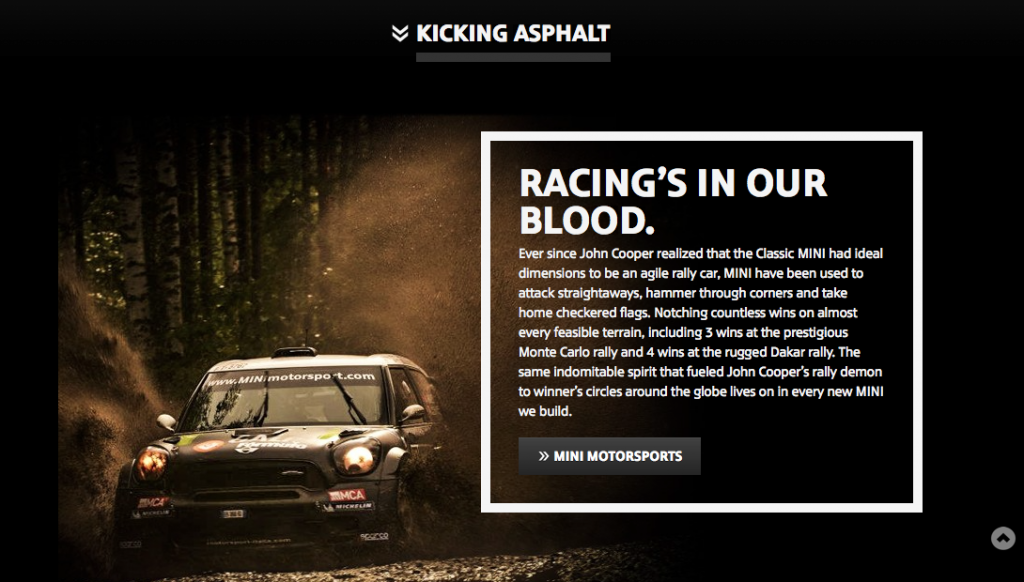
Better than average photography can also be a great differentiator. The human brain skips right over familiar images, so don’t settle for the $10 stock photos that everyone else in your category is using. Hire a pro and make your stuff look better. Sexier. More graphic.
Here’s something that web developers are fixated on, that’s actually detrimental to differentiation: SEO keywords.
I’ve seen this hundreds of times… people build their entire website around the same keywords their competitors are using. They’re told “you have to use these keywords in your H1 and H2 headlines.” So their website reads just like everyone else’s in the category.
They sacrifice differentiation, clarity, persuasion and good story telling in exchange for a theoretical little bump in search engine rankings.
Here’s the best advice I’ve ever heard from an SEO pro: “You’re never going to compete for those mainstream keywords, so don’t even try.”
5. Strategic, well-written copy is crucial for branding sites that sell.
Copywriting can be the difference between a boring, branded website and a lead-gen machine.
Don’t let anyone convince you that great web copy is only about keywords, search engine optimization and factual “content.” Every sentence is an opportunity to stand out — or be thrown out. (One quick click and they’re gone to the next site.) Your webcopy should be sharply crafted. Persuasive. And convincingly genuine, so it doesn’t sound like any other brand.
Here’s a test for you… pull up your branded website and the site of your biggest competitor. Side by side. Then imagine that the logos are swapped out. Are the sites interchangeable? The images the same? The copy comparable.
Are you saying anything they cannot say? If not, you better go back to the drawing board and get a differentiating concept.
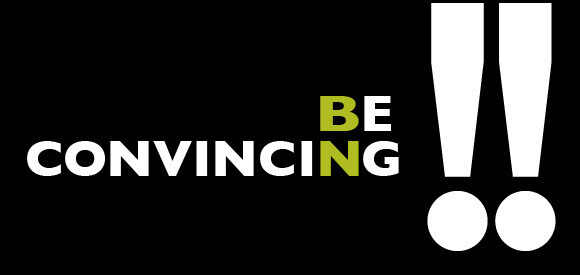
6. Concrete, credible reasons to believe
Stories, concepts and images are important, but you also need some facts to back them up. Sometimes you need to put some meat on those marketing messages. That’s where some branded websites go wrong… they’re all fluff. You need proof that your brand delivers, as promised.
For instance, post some testimonials or reviews from your happy customers. Release engineering data. Competitive reports. White papers. Market research. Anything that’s credible that backs up your value proposition.
People make emotional decisions, but they often need facts to justify what they’ve already decided. So give them what they need, and do it in various forms on multiple pages. When they’re checking out, remind them that they’ve made a great decision.
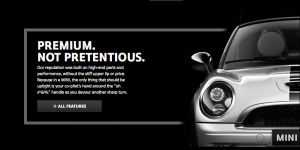
So this is all great, in theory. But how do you get it all done?
Part of the problem is who’s doing the work… If your web developer doesn’t have anyone to collaborate with, you’re not going to get an big idea, or great imagery, or well-crafted copy.
You just get code.
It might be great code and a functional site, but it’s not going to contain the five critical elements of effective website design.
You need that programmer, but you also need a writer who can devise the concept and write the copy. Then you need an SEO specialist, a project manager and a designer. That’s the team. (Sometimes the writer or the designer can double as the project manager.)
The team approach may cost a little more at first, but it’ll produce a better ROI. It’s cheaper in the long run because you won’t have to re-do your site 9 months later when it’s not performing as you had hoped.
These days your site is a critical part of your business infrastructure. It’s your storefront and your main form of advertising. You can’t do without one, so you might was well invest in a website that builds your brand AND sells product.
Note… this is NOT a paid post for Mini Cooper, just a nod to their agency and their web design team. This is great work. Plus, it’s a cool brand.
For more about successful website design, try THIS post.
And don’t forget… even the best website won’t help if you start your business with a crappy brand name. Here’s a shortcut to better brand names.



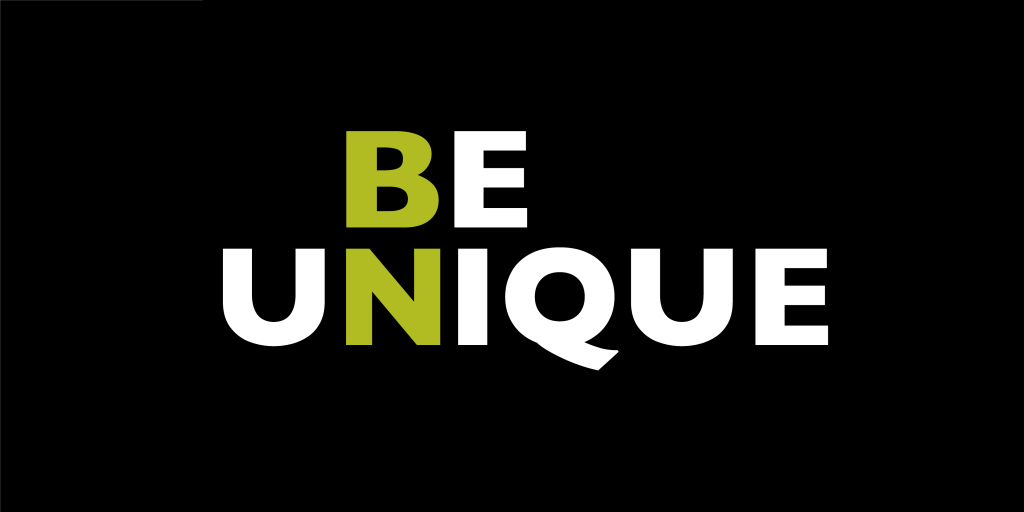
The brand activation of a product through marketing across multiple channels creates a lot of data base. However organizing and activating the right data assets to maximize cross-channel performance is a challenge. In order to better understand the target audiences, optimize sales and minimize marketing wastes, it is mandatory for a brand today to align with digital activation and reporting.
Excellent tips on branding sites that drive sales! A must-read for anyone in marketing.